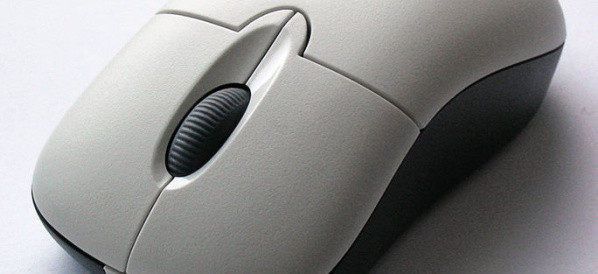 20 Termini
20 TerminiHome > Termini > Serbo (SR) > litografija
litografija
A printing process based on the antipathy of grease and water. The image is applied to a grained surface (traditionally stone but now usually aluminium) using a greasy medium: greasy ink (tusche), crayon, pencils, lacquer, or synthetic materials. Photochemical or transfer processes can be used. A solution of gum arabic and nitric acid is then applied over the surface, producing water-receptive non-printing areas and grease-receptive image areas. The printing surface is kept wet, so that a roller charged with oil-based ink can be rolled over the surface, and ink will only stick to the grease-receptive image area. Paper is then placed against the surface and the plate is run through a press. Lithography was invented in the late eighteenth century, initially using Bavarian limestone as the printing surface. Its invention made it possible to print a much wider range of marks and areas of tone than possible with earlier printmaking techniques. It also made colour printing easier: areas of different colours can be applied to separate stones and overprinted onto the same sheet. Offset lithography involves printing the image onto an intermediate surface before the final sheet. The image is reversed twice, and appears on the final sheet the same way round as on the stone or plate.
- Parte del discorso: sostantivo
- Sinonimi:
- Blossario:
- Settore/Dominio: Storia dell'arte
- Categoria: Storia dell'arte generale
- Company: Tate
- Prodotto:
- Acronimo - Abbreviazione:
Altre lingue:
Lascia un commento?
Termini nelle notizie
Termini in evidenza
миш
Миш је врста уређаја за унос која корисницима даје могућност уноса информација покретањем дела опреме величине длана који препознаје дводимензионални ...
Partecipante
Blossari in evidenza
Sanket0510
0
Termini
22
Glossari
25
Sostenitori
Terms that will change the way we live; Internet of Things (IoT)
 7 Termini
7 TerminiBrowers Terms By Category
- Natale(52)
- Pasqua(33)
- Festa di primavera(22)
- Ringraziamento(15)
- Festival spagnoli(11)
- Halloween(3)
Festival(140) Terms
- Utensili a mano(59)
- Attrezzi da giardino(45)
- Strumenti generali(10)
- Attrezzi da lavoro(2)
- Pennello(1)
Strumenti(117) Terms
- Certificati SSL(48)
- Telecomunicazioni wireless(3)
Tecnologie wireless(51) Terms
- Rete wireless(199)
- Modem(93)
- Firewall e VPN (Virtual Private Network)(91)
- Storage di rete(39)
- Router(3)
- Switch di rete(2)



